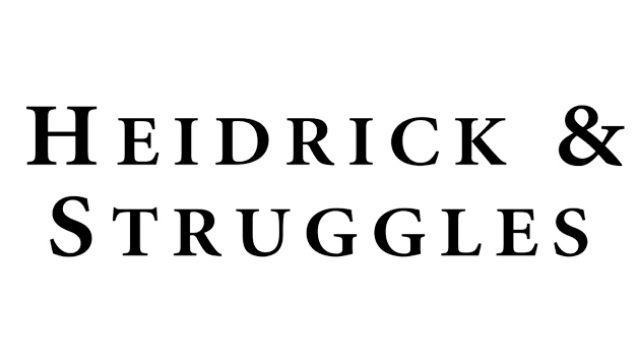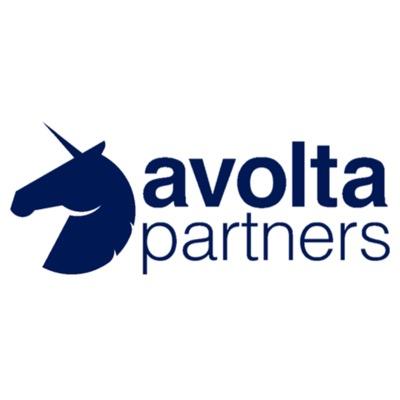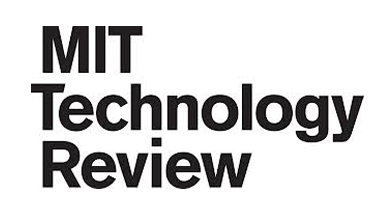Elite companies succeed not just for a few quarters or years but over an extended period of time despite fast-changing conditions. Research that our firm has conducted demonstrates that what sets these organizations apart is their ability to accelerate performance—to reduce time to value by building and changing momentum more quickly than competitors—and thus profitably grow revenues year after year.1 In the course of that research, we identified four overarching strategies that companies use to accelerate performance, as well as the style or type of board that is most associated with each strategy:
- Portfolio Investor strategy → Working Board
- Customer Intimate strategy → Thinking Board
- Execution Engine strategy → Responsive Board
- Talent Magnet strategy → Inspiring Board
Though it’s possible for a board to embody more than one style, each is quite distinct, and understanding them can help any board clarify how their dynamics potentially enhance or impede a range of strategies.
What makes a “superaccelerator”?
Before exploring the four types of boards that our research examined, it’s useful to begin with a quick explanation of how we identified high-performing companies. To determine those that are genuinely elite, we applied four stringent criteria to the 500 largest companies in the world by market capitalization. To qualify, a company must 1) place in the top 20% for revenue growth in both the previous three and seven years, 2) generate no more than 20% of its growth inorganically (through acquisitions), 3) receive no more than 20% of its revenue from its home government (eliminating state-sponsored behemoths such as Saudi Aramco and some of the Chinese banks), and 4) not see its profit margin reduced by more than 20% as a percentage of revenue as the company grows. In 2016, only 23 companies passed all four of those tests, and in 2017, only 25 made the cut.
Click here to continue reading



